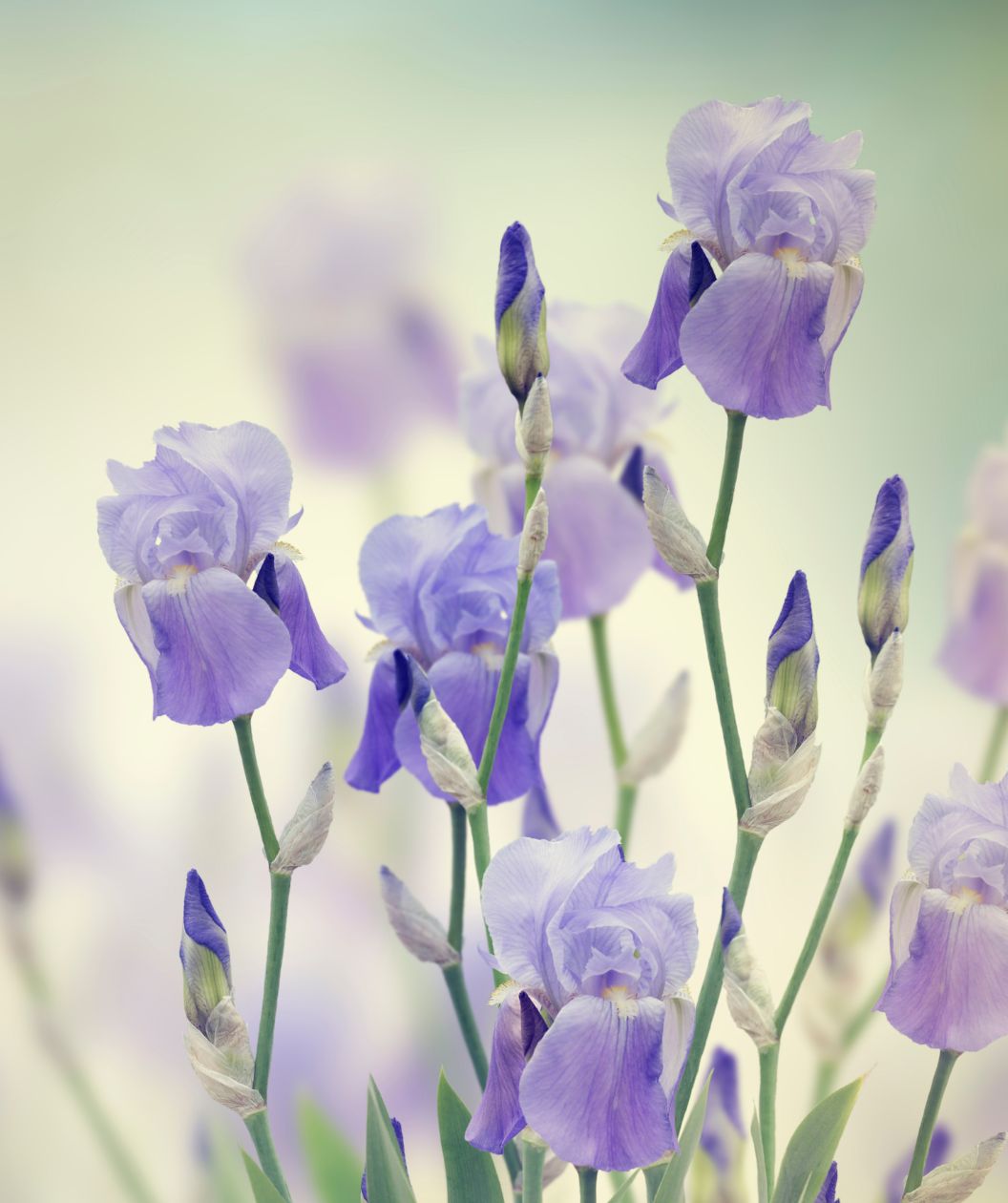




BEAUTIFUL BLOOM APPEAR ATOP MULTI-TONED FOLIAGE
FEATURES:
- Expect blooms in late spring into summer
- Foliage provides grayish-green color laced with creamy white variegation
- Iris's produce small capsule like seeds on the ends of the stems
- With the production of pollen comes the invite for bees and butterflies to enjoy your property
- Stunning when utilized in containers, themed gardens, mass plantings, borders, practically anywhere your heart desires
-
Hand Selected, Fresh from the Grower
- Ships in a plant-safe designed box
Growth Facts
- Hardiness Zone: 4-9
- Mature Height: 24-36" tall
- Mature Width: 18-24" wide
- Exposure: Full Sun/Part Shade
- Spacing: 18" apart
BEAUTIFUL BLOOM APPEAR ATOP MULTI-TONED FOLIAGE
FEATURES:
- Expect blooms in late spring into summer
- Foliage provides grayish-green color laced with creamy white variegation
- Iris's produce small capsule like seeds on the ends of the stems
- With the production of pollen comes the invite for bees and butterflies to enjoy your property
- Stunning when utilized in containers, themed gardens, mass plantings, borders, practically anywhere your heart desires
-
Hand Selected, Fresh from the Grower
- Ships in a plant-safe designed box
Growth Facts
- Hardiness Zone: 4-9
- Mature Height: 24-36" tall
- Mature Width: 18-24" wide
- Exposure: Full Sun/Part Shade
- Spacing: 18" apart
Why plant White Variegated Iris?
Let's take a quick moment to look at the history of the Iris. Dating back to Ancient Greece, Iris was a messenger to the gods maintaining the connection between them and mortals. She was known as the goddess of the rainbow and lore has it beautiful flowers would arise wherever she stepped. Coming into more modern times the Iris is the national flower of France also known as the Fleur-de-lis which can be a reminder of the French revolution. Lastly the roots of the Iris can be utilized to make an essential oil named Orris which is used in perfumes, spirits, and even some toothpastes. Entering the modern era we are going to be touching on the White Variegated Iris. This Iris provides sword-like foliage that is grayish-green and laced with a creamy white margin. Topped with pale purple blooms appearing in late spring through early summer, the White Variegated Iris grows up to 3’ in height and spreads about 2’ wide fitting perfectly into smaller locations. Adaptable to soil and light requirements, with the added bonus of needing minimal maintenance the White Variegated Iris is perfectly utilized in the garden or grown in containers. Displayed wherever you see fit the White Variegated Iris deserves to be admired and will work hard for that admiration.
How to use White Variegated Iris in the landscape?
The White Variegated Iris is a must have for any home. Providing stunning blooms in late spring through summer this Iris is easy to grow with minimal maintenance required. Depending on location this plant can be evergreen or perennial regardless if properly taken care of you may enjoy this Iris for a lengthy amount of time. Fragrant blooms are not only pleasing to humans but leave an open invitation to bees and butterflies for pollination. Blooms look beautiful as is or they may be cut and added to bouquets making a stunning display. Planted in the ground or utilized in containers you will never be short of space when adding the stunning qualities of an Iris to your garden.
Planting Zones
Hardiness Zone: 4-9
How To Plant White Variegated Iris
Have you been considering adding a White Variegated Iris to your home and not sure how? We have got you covered. First we are going to want to find the right location. We need a spot that allows for full to partial sun throughout the day, lighting is beneficial for the plants and helps provide beautiful blooms. The next step is to consider soil type. The White Variegated Iris enjoys locations that provide acidic, moist, rich soils for optimal growing conditions. You may always test your soil and amend it as necessary.
How To Water
The watering process for the White Variegated Iris is simple and easy to maintain. Once planted we recommend watering no less than twice a week until the plant is established. Once established you may reduce the amount of water applied to once a week or when needed. The White Variegated Iris does provide some drought tolerance when established, however we recommend keeping an eye on local weather and watering during periods of inclement weather such as high heat and or drought.
How To Fertilize
The process of fertilizing is nothing to worry about. Simply start by adding your fertilizer to the planting site upon planting, this will initiate the first feeding your Iris will receive. If you planted in the spring your next feeding should occur in the fall, if planting in the fall then spring will be the next application. Continue this process for the life of the plant and enjoy healthy happy blooms.
How To Prune
Once you have had some time to enjoy your White Variegated Iris it may be time to consider the process of pruning. This is a simple process depending on the location you live in. Climate with colder winters will experience dieback once the cold hits. Simply remove the old foliage to make way for the new growth that will explode next spring. When in warmer climates after the blooms have ended you may cut back the stalks they grew on to make way for new blooms. If you happen to notice any discoloration or damaged areas of the Iris prune said location not only for aesthetic reasons but for the health of the plant as well.




